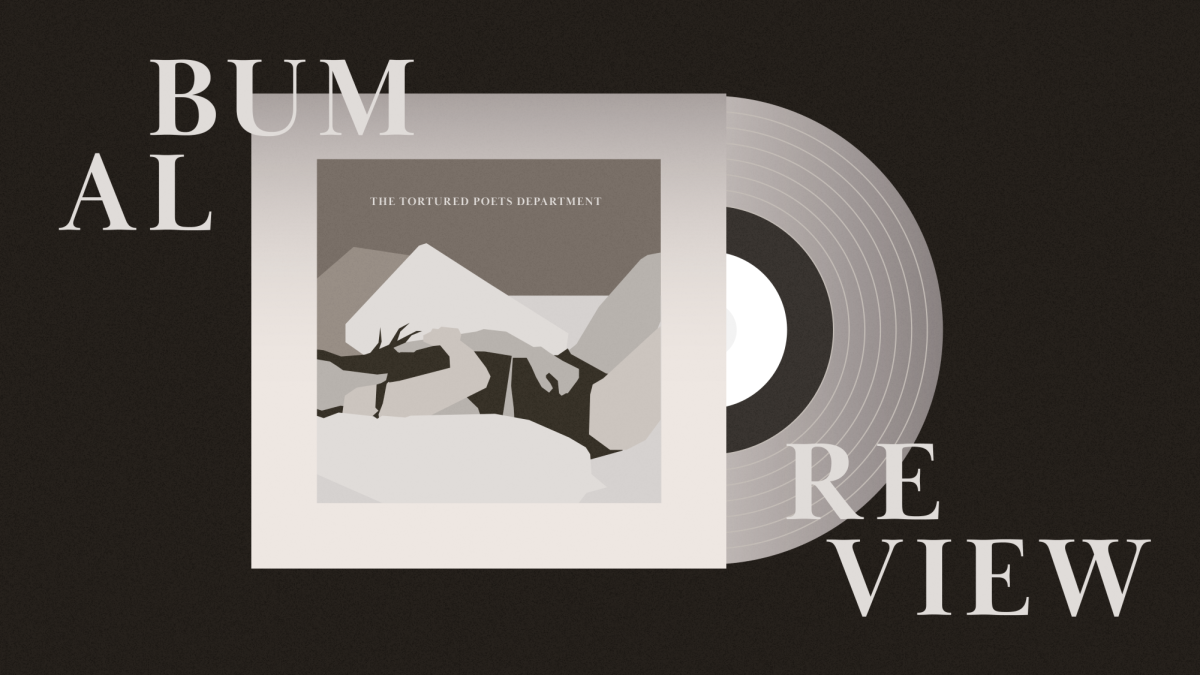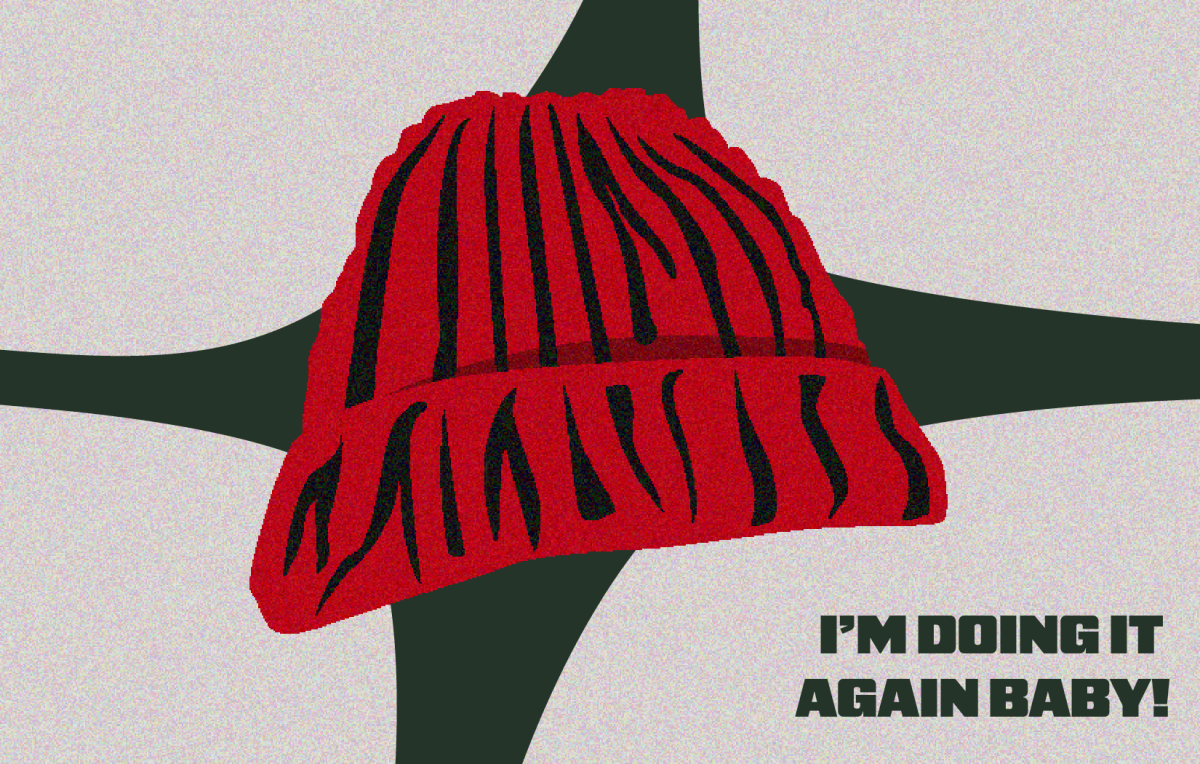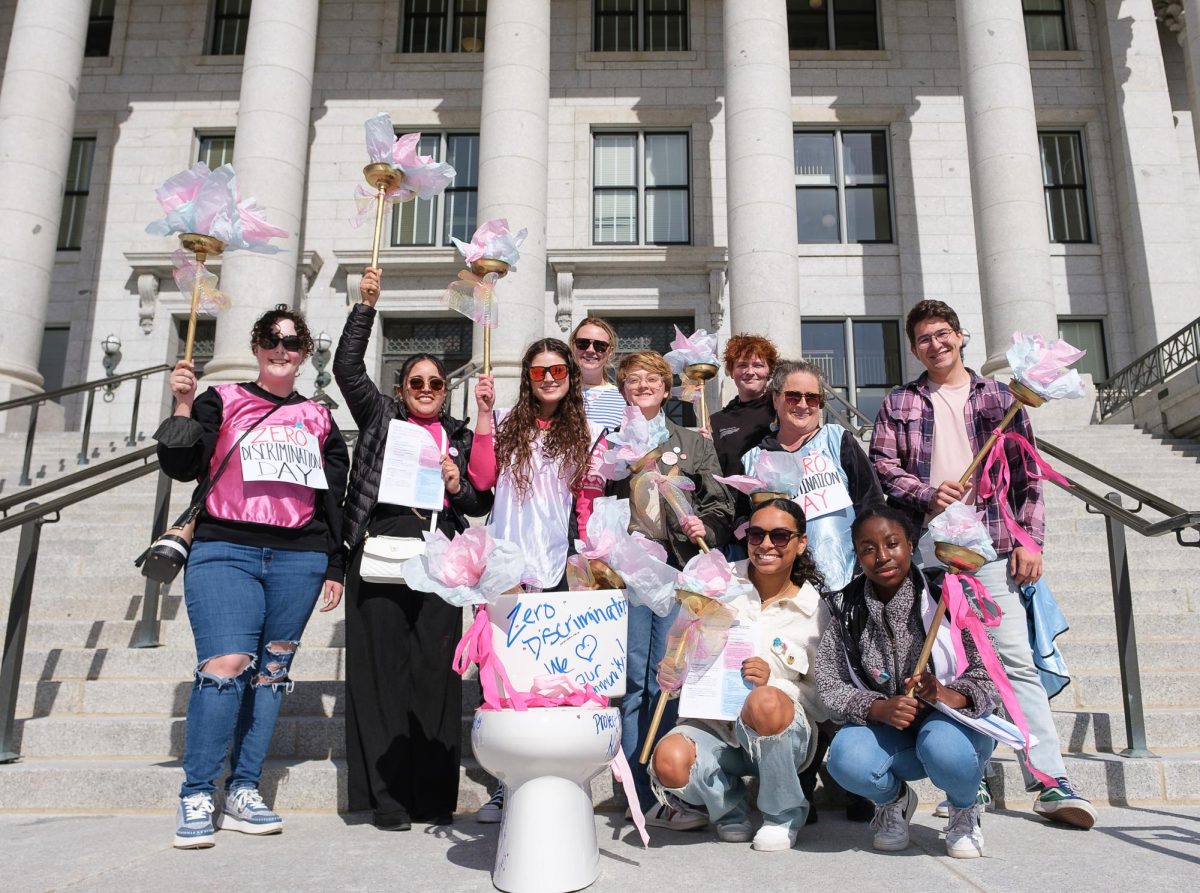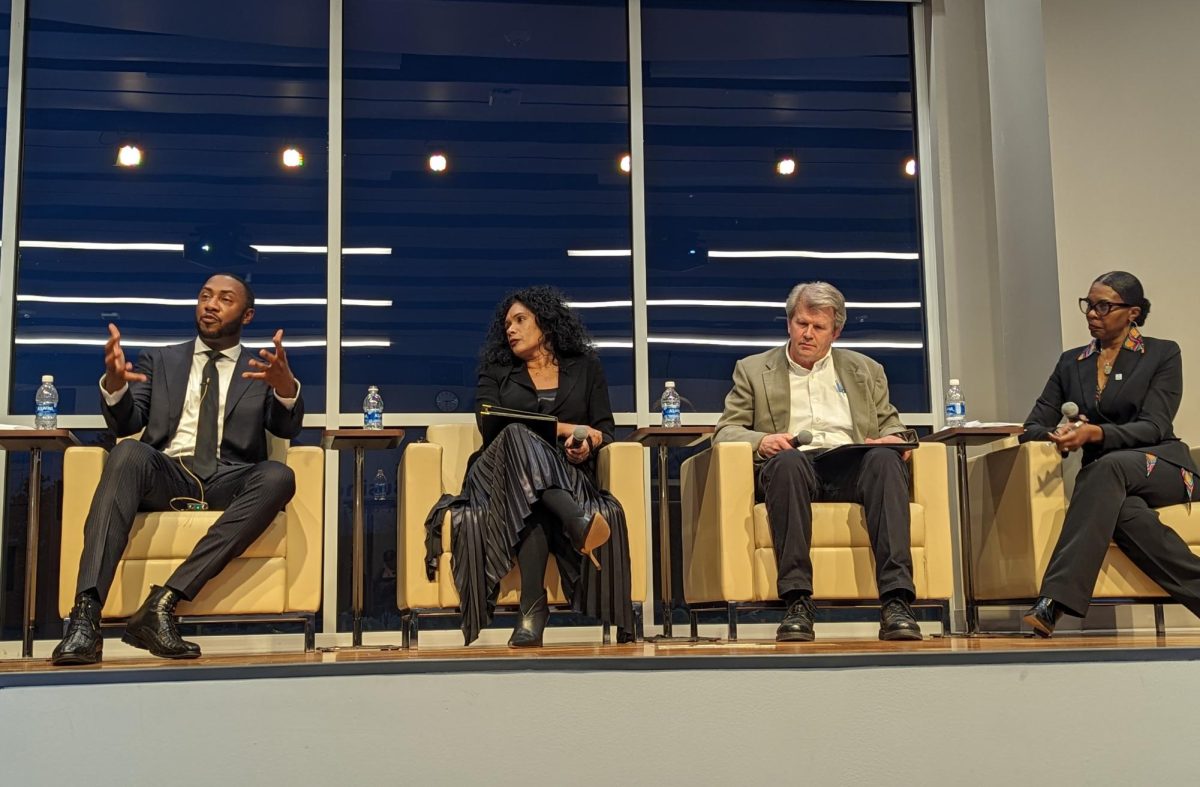October 9, 1973
The University agreed to stop plans for construction on 100 units of single student housing on campus under pressure from the Apartment House Owners Association, charges Steve Holbrook.
The University denied the allegations, saying that the decision was based on the high level of apartment construction in Salt Lake City.
Steve Holbrook, chairman of the Salt Lake Citizens Advisory Council on Housing, charged that the agreement in one of the causes of an acute housing shortage for low-income families. This shortage has been recognized by the state legislature in the form of four housing bills submitted to the special session, which began Monday.
Group asks halt
The agreement was made in spring, 1973, when representatives of the Apartment Association of Utah asked the University not to build the single-student apartments planned for the resident and fraternity park because of the resulting competition. The owners agreed to lower some rents to enable students to rent some units that were previously out of the typical student’s range—$150 and up. There is no evidence that any substantial numbers of student apartments have been reduced in rent.
David Doxey, president of the Apartment Association of Utah, claims that his organization made no deal with the University. He and other members of his organization met with University officials on student housing, but Doxey says that the University asked for no agreement to reduce rents. They did, he adds, ask for help in setting up a referral service for the Off-Campus Housing Office.
Doxey admitted the housing problem for low-income families but said, “We don’t want an overbuilt condition all over.”
‘Correlation needed’
A report on single-student housing issued May 14, 1973 by the Residential Living Office on campus summarizes, “Although the results of the survey generally indicate a need for more low-cost student housing within walking distance of the University which could justify the construction of additional single-student housing by the University, it was decided that the capabilities and cooperation evidenced by private housing interests in the community should be able to fulfill the identified needs if correlated effectively with University students and community.”
The University claims that enough student housing was being approved by the community. A survey done by the Bureau of Community Development at the University indicates that the vacancy rate for units in Salt Lake renting for under $100 was zero percent. The rate for units from $100 to $149 was 2.5 percent. In comparison, the rate for units renting from $150 to $199 was 12 to 15 percent. Since the survey was taken this spring, additional low-income housing has been demolished and replaced with higher-income dwellings. Holbrook now estimates the vacancy rate for $150 and up at 20 to 50 percent.
The University said in response to Holbrook’s charges, “We are not aware of any unhoused students at the University this autumn quarter.”
The Residence Halls have approximately 150 students on the waiting lists. In addition, some students are living in the lockable lounges in the dorms, rooms not designated for sleeping or permanent residence.
Grant was available
At the time the decision not to build was made, the University could have qualified for low-cost loans from the Department of Housing and Urban Development (HUD). Due to Nixon cutbacks, this money is no longer available. The University did not apply for any HUD grants because of the agreement. University Housing officials do bring up the point that any construction requires the approval of the state legislature; these officials do not feel that the University missed out on its only opportunity to build the housing because the legislative approval would have taken too long to get the HUD grant anyway.
What makes this University problem so important to the rest of the community is the economic fact that students generally compete with low-income families and senior citizens for housing in Salt Lake.
The City Master Plan reveals that in the 1960s, approximately 615 dwellings per year were demolished in Salt Lake. More dwellings were built during this period, but generally they were of higher cost than the demolished units they replaced.
Problem acute
The demolished problem is acute in Salt lake, where there are almost 5,000 housing units beyond economic repair, housing that should be replaced. Most of these are in the Central City area of Salt Lake; most are low-income dwellings.
In addition to the units that are completely dilapidated, many units have been torn down because of the economic motivation in building expensive luxury apartments which rent for $150 and up. At the present time, the cheapest apartment that can be built without governmental subsidy will be $150 per month, according to Richard Prows, local developer.
The only solution proposed to meet this crisis is public housing programs. The Salt Lake Housing Authority was established four years ago when Utah became the 49th state to endorse the housing authority concept. The Authority receives federal aids and loans to build public housing; Salt Lake is building 300 units now, and the county has completed 24 units.
Problems noticeable
Several problems have slowed the Salt Lake Authority down. Most were due to getting the program started, but other problems became noticeable because inflation in the price of lumber caused most contracts to go over bids.
The solution to inflation has been to cut the costs or to send the aid request back to Washington for more money.
The problem in Salt Lake and in other urban areas of Utah is so bad that the legislature will likely appropriate $3 million to build housing because of the bipartisan support for several housing bills.
The $3 million appropriation is the most important bill during the special session on the subject of housing, but a bill that would give cities that authority to spend surplus money on housing and a bill that would give cities the authority to regulate rental housing have also been introduced.
“Somebody should have started planning long ago,” says Steve Holbrook. “We should have known we were going to have a housing shortage if we continued our so-called progress.”
















